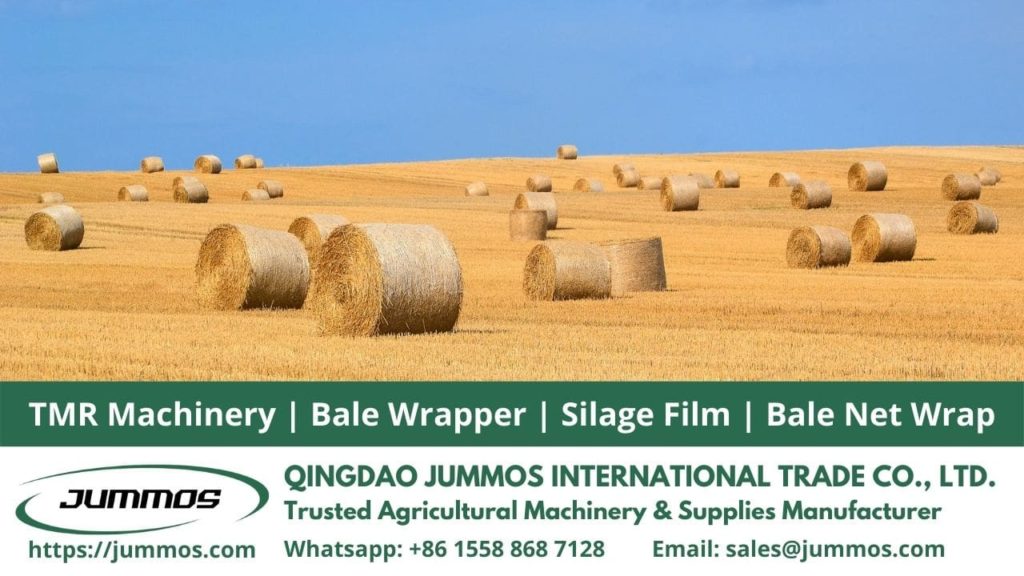
Contents
Understanding Cows and Cattle
Cows and cattle often get mixed up in their definitions. Additionally, the term “cattle” is sometimes applied to other animals such as bulls, heifers, oxen, and bovines. Let’s delve deeper into this topic.
The Difference between Cow and Cattle
The difference between “cow” and “cattle” lies in their specific uses. “Cattle” is primarily a plural noun that refers to bovine animals regardless of sex, while “cow” specifically refers to mature female bovines that have given birth to a calf. This distinction often leads to confusion because different classifications exist for what is essentially the same species.
The History of Domesticated Cattle
To understand the distinction better, it’s important to know that all cows are cattle, but not all cattle are cows. The history of domesticated cattle dates back at least 10,000 years to what is now southeastern Turkey. Modern cows are descendants of wild oxen, also known as aurochs. Among the many breeds today, dairy cows are the most popular for their milk production. Cows are herbivores, consuming plants such as vegetables, leaves, and grass.
A “cow” specifically refers to a female that has given birth, while a “heifer” refers to a female that has not. “Calf” refers to young bovines regardless of sex. Males are called “bulls,” and young males are “bull calves.” The general term “bovine” comes from the Latin word “bos,” meaning “cow” or “ox,” and includes animals such as antelopes, buffalo, and bison.
The Vital Role of Cows
Cows are arguably the most important domesticated cattle, providing us with essential products like milk. Milk has numerous benefits, including:
- Increasing antioxidant activity and alleviating inflammation.
- Improving liver function.
- Providing essential minerals such as phosphorus, iron, and calcium.
- Enhancing skin nutrients and bone function.
Milk can also be processed into cheese, curd, and yogurt. Additionally, cow manure and urine have various uses. Manure serves as fertilizer, biogas, fuel, and insect repellent, while cow urine is used as fertilizer, cleanser, antiseptic, and in some pharmacological products. Rearing cattle also leads to leather production, with cow leather making up 65-70% of global leather production. It is used in furniture upholstery, clothing, shoes, straps, belts, and car seats.
The Most Common Types of Cow Cattle
Domesticated cattle, herbivorous mammals of the Bovidae family and the Bos genus, can be divided into:
- Bos indicus (Zebu): Native to Southwest Asia, this breed adapts well to tropical climates, withstands high temperatures and humidity, and resists ticks.
- Bos taurus (Taurine): Commonly found worldwide, this breed adapts well to cooler climates. There are at least 250 different breeds, and interbreeding often produces cattle with desirable traits from both.
Essential Tools and Supplies
Regardless of the breed, cattle require the right portion of feed and the correct type of food to perform well and yield satisfactory results during rearing. To produce the best feed, you need the best devices and tools such as, baler wrapper and silage film.. If you’re unsure where to get these supplies and machinery, Jummos provides top-quality products for clients worldwide.
